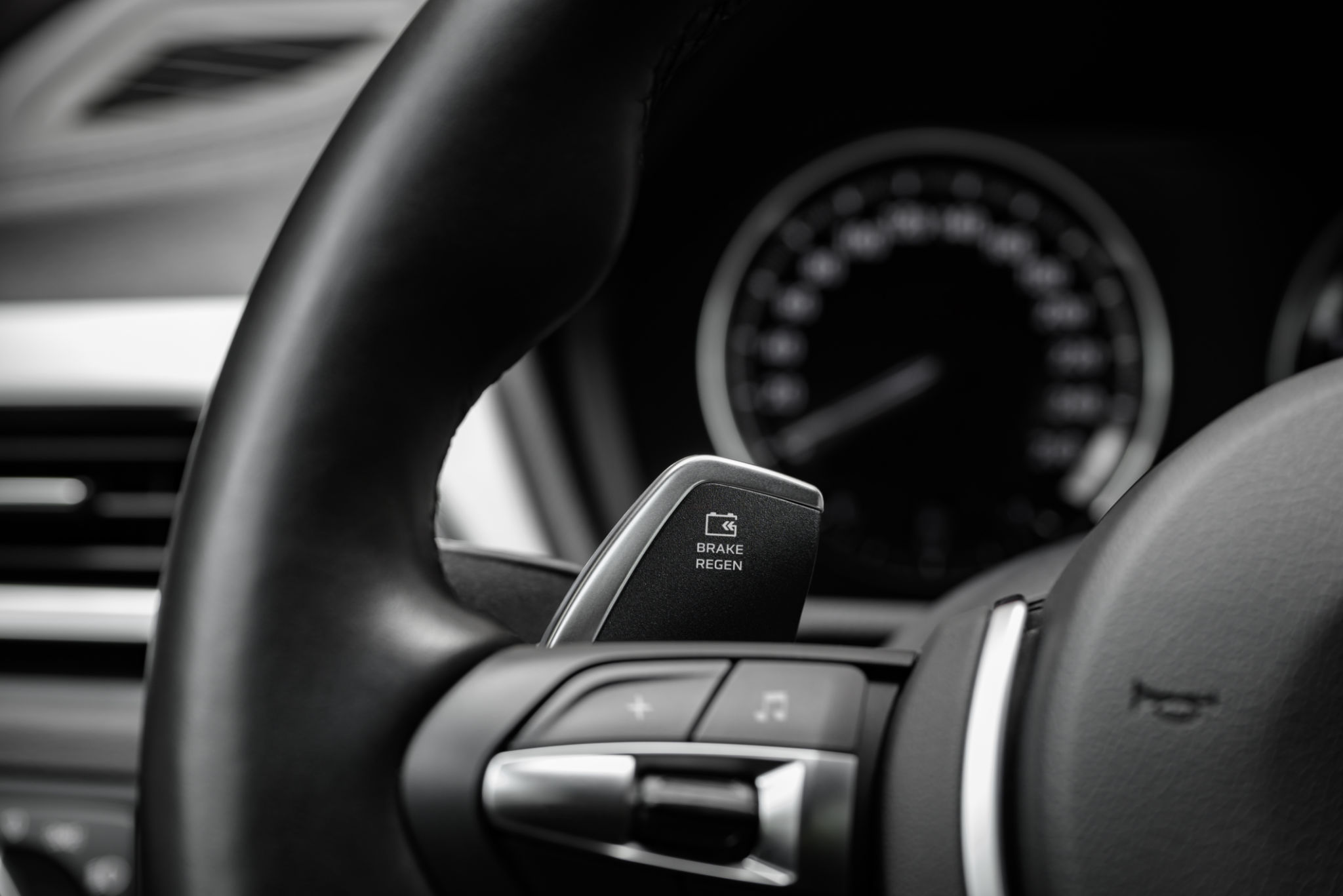The Future of Electric Drivetrain Engineering: Innovations and Challenges
Introduction to Electric Drivetrain Engineering
The rise of electric vehicles (EVs) has transformed the automotive industry, with electric drivetrain engineering playing a pivotal role in this evolution. As the demand for cleaner and more efficient vehicles grows, innovations in drivetrain technology continue to push the boundaries of what's possible. This article explores the exciting advancements and challenges faced by engineers in this dynamic field.

Innovations in Electric Drivetrain Technology
One of the most significant innovations in electric drivetrain engineering is the development of more efficient and compact electric motors. These motors are not only lighter but also deliver higher torque and power density, leading to improved vehicle performance and range. Engineers are continually exploring new materials and designs to enhance motor efficiency.
An important advancement is the integration of solid-state batteries with the drivetrain. Solid-state batteries offer higher energy density and faster charging times than traditional lithium-ion batteries, addressing some of the major pain points of electric vehicles. This innovation is a game-changer in terms of range and overall efficiency.
Role of Regenerative Braking
Another key innovation is the enhancement of regenerative braking systems in EVs. This technology allows vehicles to recover energy typically lost during braking, feeding it back into the battery. It not only improves energy efficiency but also extends the vehicle's range, making it a crucial component of modern electric drivetrains.

Challenges in Electric Drivetrain Engineering
Despite these advancements, there are several challenges that engineers face in electric drivetrain engineering. One major issue is the thermal management of electric drivetrains. Efficiently dissipating heat generated by high-performance motors and batteries is crucial to maintaining performance and ensuring safety.
Another challenge is the integration of complex software systems required to manage drivetrain components effectively. These systems are essential for optimizing performance, ensuring safety, and providing seamless user experiences. However, developing and maintaining these systems demands significant resources and expertise.
Infrastructure and Standardization
The lack of standardized charging infrastructure poses another challenge for the widespread adoption of EVs. Engineers are working on developing universal charging solutions that can accommodate various vehicle models and battery types, facilitating easier access for consumers.

The Future Outlook
Looking forward, the future of electric drivetrain engineering promises even more groundbreaking advancements. The continued development of artificial intelligence and machine learning technologies is expected to further optimize drivetrain performance and efficiency. These technologies will enable smarter energy management, predictive maintenance, and adaptive driving experiences.
Moreover, collaboration between automotive manufacturers and tech companies will likely accelerate innovation. These partnerships can foster the creation of new technologies and methodologies that drive the industry forward, making electric vehicles more accessible and appealing to a broader audience.
Conclusion
Electric drivetrain engineering is at the forefront of the automotive revolution, with continuous innovations shaping the future of mobility. While challenges remain, the industry is poised for significant advancements that promise to enhance the performance, efficiency, and appeal of electric vehicles. As technology evolves, we can expect a more sustainable and electrifying future on the roads.
